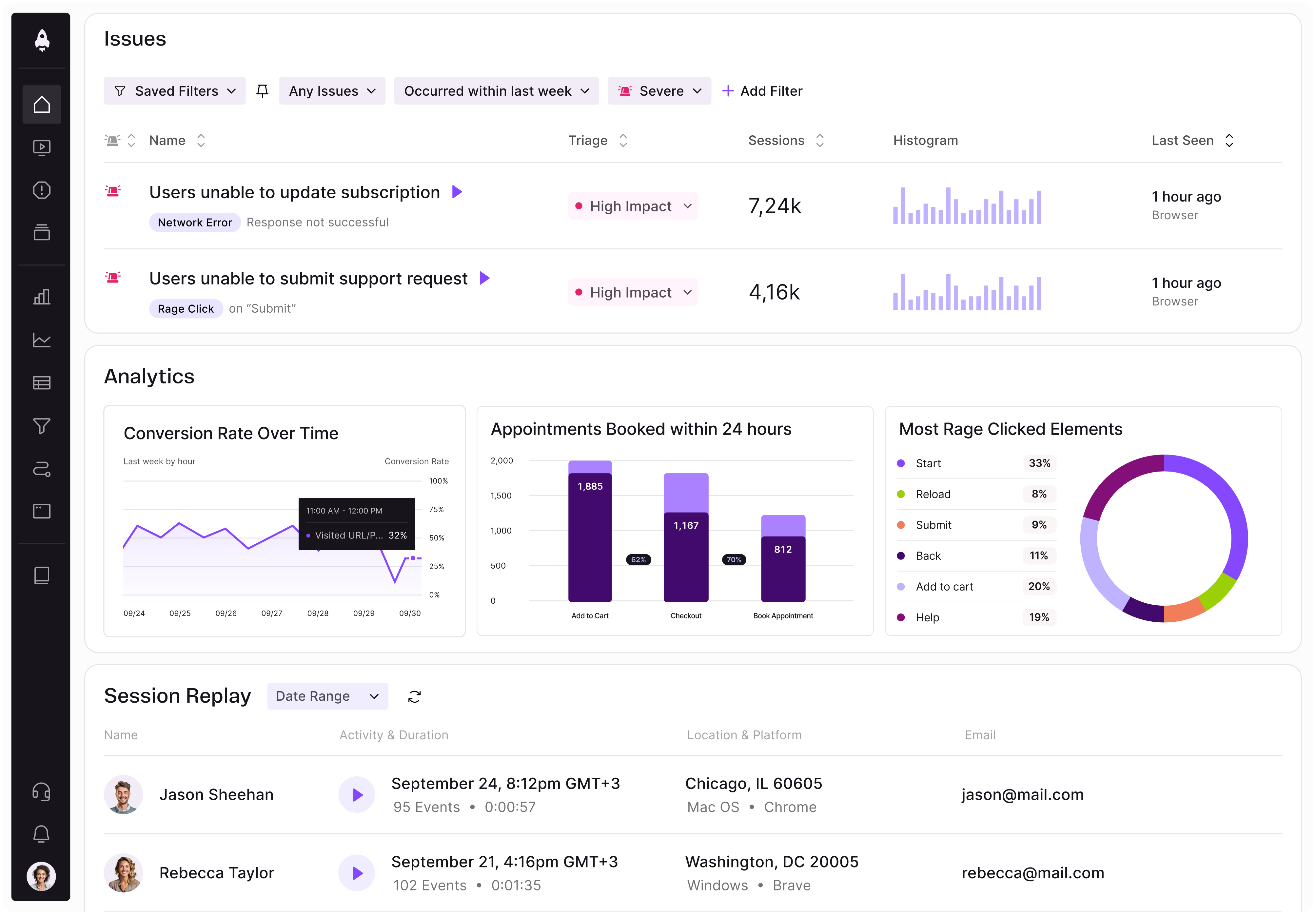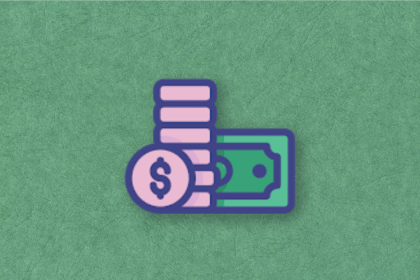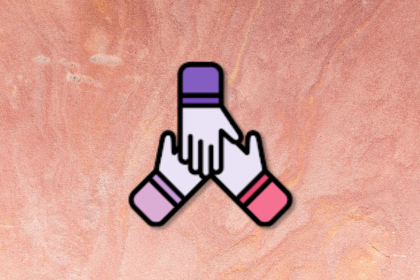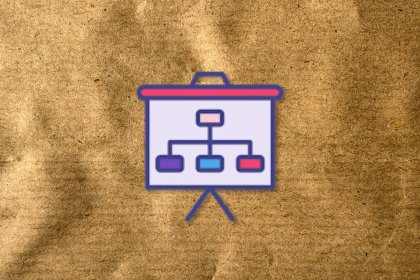When most product teams set out to identify their target audience, they focus on the most obvious segment: tech-savvy, active users who can quickly navigate digital interfaces. It makes sense because these users are easier to source for research and quick to adopt new features. However, many teams miss out on an important opportunity by developing for so-called “niche” or “edge” users.

These users, whether they’re first-time digital users (FTDUs), persons with low literacy, older adults, people with disabilities, or those in low-connectivity situations, constitute a sizable proportion of the global population. In many markets, they even make up the majority.
Products designed to satisfy the needs of underserved user groups are more intuitive, durable, and inclusive, which improves the overall experience. In certain situations, this strategy has enabled products to dominate new markets, build loyal user communities, and develop design improvements that have now become industry norms.
In this article, we’ll explore the key niche user types, their unique needs, the benefits of serving them, and how you can overcome common challenges to make inclusive design a strategic priority.
Designing with these users in mind is more than just ensuring accessibility or fulfilling corporate social responsibility — it can be a real competitive advantage for you as a product manager. Key types include the following:

First-time digital users are people who are unfamiliar with smartphones, applications, or the internet. They could be in emerging markets where digital usage is quickly increasing, or they could be older folks or people in developed areas who are just starting to use the internet.
Unique needs:
Benefits:
When you design for FTDUs, you end up with smooth onboarding flows that enable even experienced users to learn more quickly. A clear, intuitive user interface with obvious feedback increases adoption and lowers support costs overall.
These are users who have difficulty reading or writing, or who do not speak your app’s main language. They could also be literate but unfamiliar with technical terms.
Unique needs:
Benefits:
Designing with low-literacy people in mind requires your product team to remove unnecessary technical terms, simplify layouts, and develop self-explanatory interfaces. Even highly educated people benefit from being able to quickly grasp and use a product in seconds rather than having to read lengthy instructions.
Older adults, especially those over the age of 60, may lack digital experience or suffer from age-related challenges such as impaired vision, hearing loss, or weak motor abilities.
Unique needs:
Benefits:
Apps with accessibility features for older folks, such as clear visual hierarchy and spacious tap areas, are more user-friendly for all age groups. Features meant for older folks frequently improve usability for people on the go, those using devices in direct sunlight, and users with temporary challenges.
Users with hearing, visual, motor, or cognitive disabilities are included in this group. Disabilities might be situational (e.g., a broken arm or a noisy environment), temporary, or permanent.
Unique needs:
Benefits:
Accessible design serves all users, even those with temporary disability. Captions assist persons in noisy scenarios. Keyboard shortcuts let experienced users complete tasks faster. Flexible layouts increase performance across multiple devices and screen sizes.
These are users who have slow, unstable, or expensive internet connections, often in rural or underdeveloped regions.
Unique needs:
Benefits:
Optimizing for low connectivity results in speedier, more efficient apps that feel fast even under bad conditions. It can also lower battery consumption.
While the benefits of designing for niche user types are clear, you might run into real-world challenges when attempting to put this into reality. These challenges aren’t just about extra effort — they include mindset shifts, business trade-offs, and operational factors that can slow or prevent growth.
Some stakeholders see inclusive design as extra work or something that’s only relevant for accessibility compliance. They think the targeted user base is insufficient to justify the investment.
Spending resources on groups like low-literacy users or FTDUs could seem to them to be a low-priority side project, especially if these users don’t yet account for a big percentage of the user base.
Supporting multiple user types might involve more research, design variants, and testing, all of which cost time and money. Teams operating under tight timelines often reduce the priority of those improvements and instead focus on serving the core tech-savvy users, increasing the bias toward experienced users.
Many organizations lack in-depth analytics or research on these niche user types. Without actual data, it’s harder to make a business case for targeting them. This lack of data means that even when product teams suspect these groups are important, they struggle to justify the investment. Also, without research or data, there’s also a higher risk of designing based on incorrect assumptions.
Although user types can present challenges, you can mitigate them with the following strategies:

Include niche user segments throughout the research process. Even just a small number of interviews or usability testing might provide crucial information before you begin design and development. The sooner you address these requirements, the less expensive it is to integrate them.
When there’s no immediate access to genuine users, construct proxy personas based on support logs, market research, and second-hand accounts. While not a replacement for actual user testing, they do help keep under-served users in the conversation until you can contact them directly.
If stakeholders are reluctant, run small A/B testing to demonstrate value. For example, test an icon-based navigation update on a subset of your user base and track interaction. Solid results, such as fewer drop-offs or improved work completion rates, might help to build a business case for a larger rollout.
Designing for first-time digital users, low-literacy users, older adults, people with disabilities, and low-connectivity users is more than simply checking an accessibility box. It’s all about expanding your market, raising usability, and creating a product that works for everyone.
Prioritizing these groups not only helps them succeed but also results in cleaner, more intuitive interfaces, better performance, and more reliable systems. These features benefit your whole user base and can set your product apart in competitive markets.
Yes, it requires investment. That means challenging internal assumptions, conducting further research, and at times reviewing core interactions. However, the benefits in terms of user satisfaction, loyalty, and market reach outweigh the costs.
Featured image source: IconScout

LogRocket identifies friction points in the user experience so you can make informed decisions about product and design changes that must happen to hit your goals.
With LogRocket, you can understand the scope of the issues affecting your product and prioritize the changes that need to be made. LogRocket simplifies workflows by allowing Engineering, Product, UX, and Design teams to work from the same data as you, eliminating any confusion about what needs to be done.
Get your teams on the same page — try LogRocket today.

A practical five minute revenue estimation method to help product managers compare ideas, drop low impact features, and prioritize smarter.

A practical guide for PMs who want to stop being bottlenecks, delegate smarter, and lead teams effectively with a clear ownership framework.

Stop letting unreliable data block features. Treat data as inventory to track quality, ownership, and ship with confidence.

Learn why slide decks slow teams down and explore better tools like whiteboards, PRDs, and prototypes to improve collaboration and alignment.